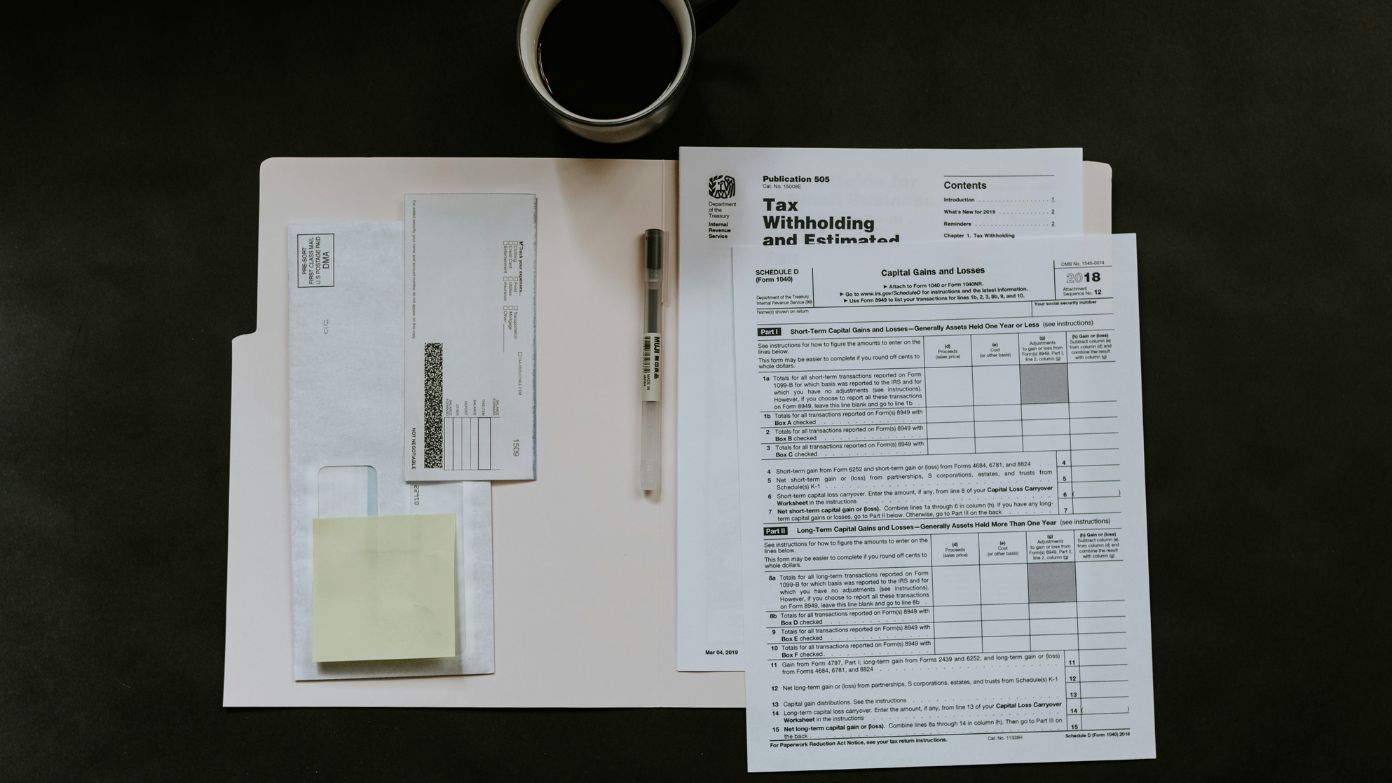If you are thinking about selling your investments and making a profit, you are probably also thinking about the taxes you might have to pay. The good news is that there are a few legal and simple ways to reduce how much capital gains tax you owe. You just need to understand how the rules work and plan ahead.
What is the 0 percent long-term capital gains tax rate?
The IRS has something many people do not know about — a 0 percent tax rate on long-term capital gains. If your income is within a certain limit and you have held the investment for more than a year, you might not have to pay any capital gains tax at all.
To qualify, you must:
- Hold the investment for at least one year (this makes it long-term)
- Keep your taxable income below a certain amount, based on your filing status
Here are the 2025 income thresholds to qualify for the 0 percent rate:
- Single: up to $48,350
- Married filing jointly: up to $96,700
- Married filing separately: up to $48,350
- Head of household: up to $64,750
If your total taxable income stays under these limits, your long-term capital gains may not be taxed at all.
How to stay under the income threshold
Many people make the mistake of looking at their salary only, but that is not the number that matters. You need to focus on your taxable income, which is your total income minus deductions and adjustments.
Here are ways to lower your taxable income:
- Contribute more to your 401(k) or IRA
- Take the standard deduction (or itemize if it saves you more)
- Use other legal adjustments to reduce your adjusted gross income
For example, a married couple could earn more than $100,000 in salary but still qualify for the 0 percent rate if they make the right deductions.
Why holding investments longer helps
If you sell an investment in less than one year, it is considered a short-term gain, and it will be taxed like regular income. This usually means a higher tax bill.
But if you hold it for more than a year, you qualify for the lower long-term capital gains tax rate — which could be 0, 15, or 20 percent depending on your income.
What is tax-loss harvesting and how does it help?
At the end of the year, you can sell investments that lost money to help offset gains you made on others. This is called tax-loss harvesting.
It helps by:
- Canceling out your capital gains with your capital losses
- Letting you deduct up to $3,000 in net losses per year
- Lowering your taxable income
Just be careful to avoid wash sales, where you buy the same or a similar investment right after selling it.
Be cautious with mutual fund year-end payouts
Some mutual funds send out big distributions at the end of the year. These payouts might include capital gains that could mess up your tax planning and push you over the income limit.
If you want more control, you might consider ETFs instead of mutual funds since ETFs are usually more tax-efficient.

